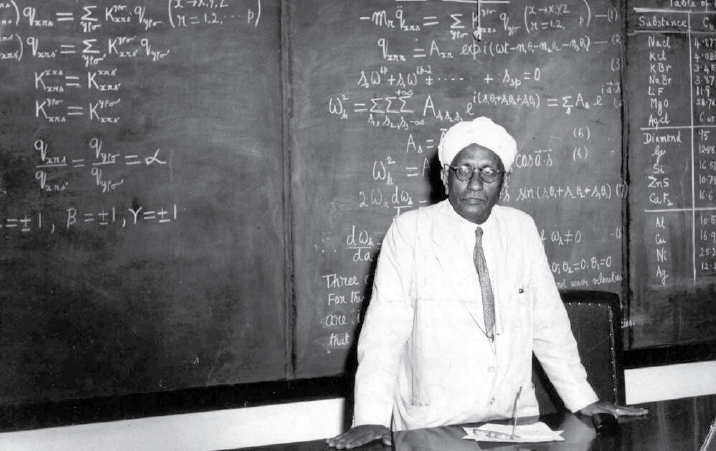Each year, February 28 is celebrated as National Science Day to commemorate the discovery of the ‘Raman Effect’ by Indian physicist CV Raman. This year, the theme of the celebrations is ‘Integrated Approach in Science and Technology for Sustainable Future’
In 1986, The National Council for Science and Technology Communication (NCSTC) requested the Center to designate February 28 as National Science Day. The day was first celebrated on February 28, 1987. On this day, scientist Chandrasekhara Venkata Raman discovered the Raman Effect. Raman won the Nobel Prize in 1930 for his work on ‘The scattering of light and the discovery of the Raman effect.’
February 28 is celebrated as National Science Day to mark the invention of the Raman Effect. Students from across the country present science-related projects and innovations at the state and national levels. The day is celebrated to encourage youth to understand the aspects of science and develop an interest in it. The goal is to explain the importance of science among people.
Raman Effect is a spectroscopy phenomenon discovered by CV Raman when he was working in the Laboratory of Indian Association for the Cultivation of Science, Kolkata. He observed the phenomena in 1921 when he noticed the blue colour of the Mediterranean Sea and icebergs. He performed various experiments and was the first one to publish the observations in 1928.
Raman Effect explains the change in the wavelength of light that occurs when a light beam is deflected by molecules. The day celebrates historic Indian physicist, CV Raman and promotes the youth of India to follow in his footsteps.
Courtesy : The Indian Express
